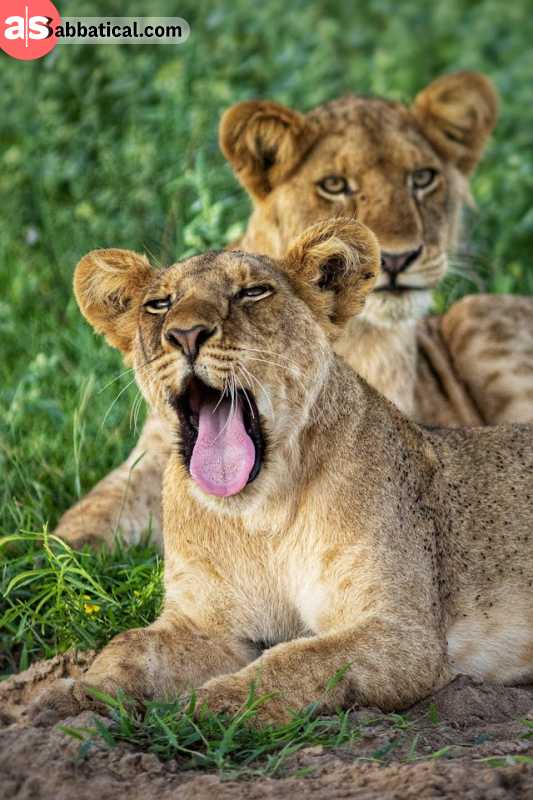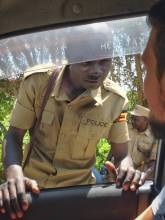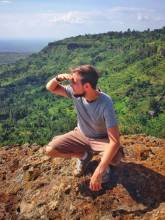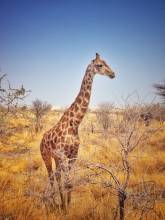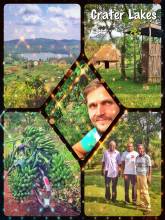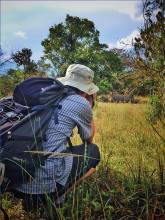Uganda Safari for Photographers: Must-Visit Spots
Uganda - The Land That Smiles Back at You
- The Land That Smiles Back at You
Uganda, oh yes, it’s one place that looks like a dream for the camera. Everywhere green, people smiling, animals walking like they own the road. The sun rises soft and golden on the savanna, and when it goes down, the sky burns orange and pink. For photographers, Uganda is not just a safari. It's a story waiting to click. Every shot talks about something wild, deep, and real.
If you love taking photos of lions, gorillas, waterfalls, birds, or just faces with heart, Uganda is your stage. You don’t need to be a pro; just bring eyes that see beauty and a camera that is not shy. Let’s go through must-visit places for Uganda safari for photographers.
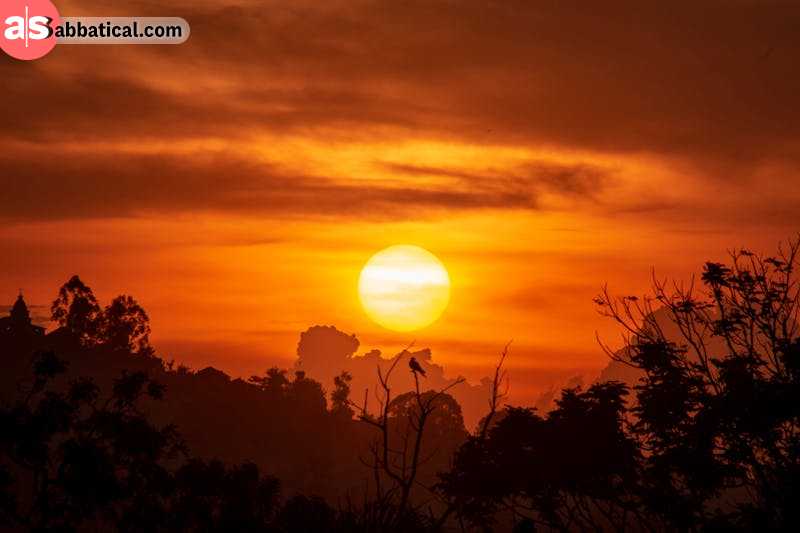
When Camera Meets the Wild
Uganda is not flat land like many think. It has forests, hills, lakes, and mountains all mixed. That’s why light changes fast and scenes change quickly. Morning mist in Bwindi, bright sun in Queen Elizabeth, and storm clouds in Murchison. For photographers, every hour is a new moment.
The best time to be dry is the months of June to September and December to February. Less rain, clear light, easy drive. But rainy months give magic too—all green, bright colors, and happy animals.
So the camera never rests here. Always something moving, flying, roaring, or glowing.
Bwindi Impenetrable National Park: The Gorilla Portrait
Ah, Bwindi. Thick forest, deep silence, and then—gorillas. You walk inside a green world, trees so tall they hide the sky. Mist covers the mountain, and birds sing far away. Suddenly the guide stops and whispers, "There they are."
A silverback sat quietly, eating leaves like a king. Light fell soft on his face, eyes deep like the ocean. For a photographer, that moment is shaking your hand. Every photo you take feels alive.
The best shoot time for Bwindi Impenetrable National Park is early morning when the sun is still low. Use slow steps, no flash, and let the gorilla forget you are there. Sometimes young ones play, run, and make faces. You can fill the whole memory card in one hour.
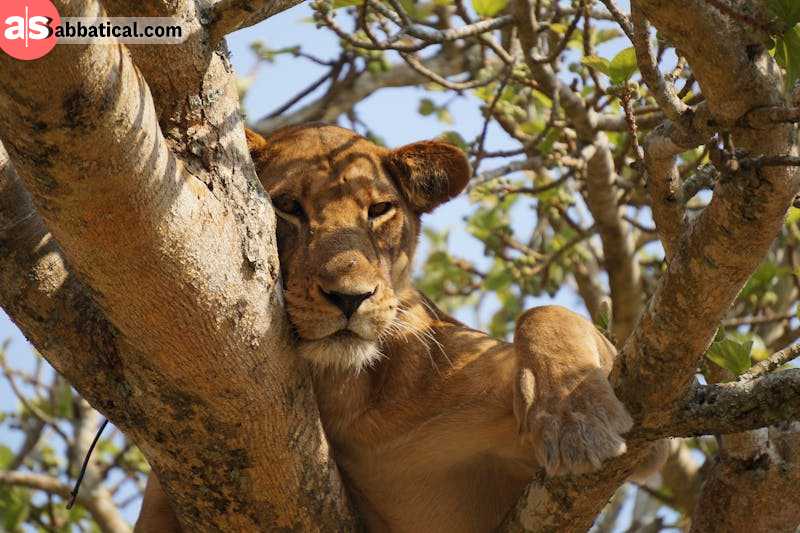
Queen Elizabeth National Park: Big Game and Golden Light
Queen Elizabeth National Park is a gift for wildlife photographers. Here grassland stretches long, elephants walk slowly, and tree-climbing lions sleep lazily on branches. If you are patient, you can capture everything—from the warthog family running in the dust to the hippos yawning in the Kazinga Channel.
The evening light here is just perfect. Golden glows make animals shine. Boat safaris on the channel give the best water photos—buffalo half wet, birds flying low, and crocodiles opening their mouths wide.
If you are lucky, you get that magic shot—lion on tree, tail hanging, sun behind. One-of-a-kind picture.
Murchison Falls National Park: Where the Nile Roars Loud
Murchison falls national is not just a park; it is power. The Nile River squeezes through narrow rock and falls down like thunder. Mist rises, rainbows appear, and it sounds so strong you feel it inside your chest.
For a photographer, a waterfall is a dream. You can shoot from the top, from the bottom, or from a boat. Each side is different. Early morning light is soft and clean, good for long exposure. Sunset gives a warm color, golden water, and a dramatic sky.
And around the waterfall, there is so much life. Elephants, giraffes, baboons, and birds. You can fill all your lenses in one day.
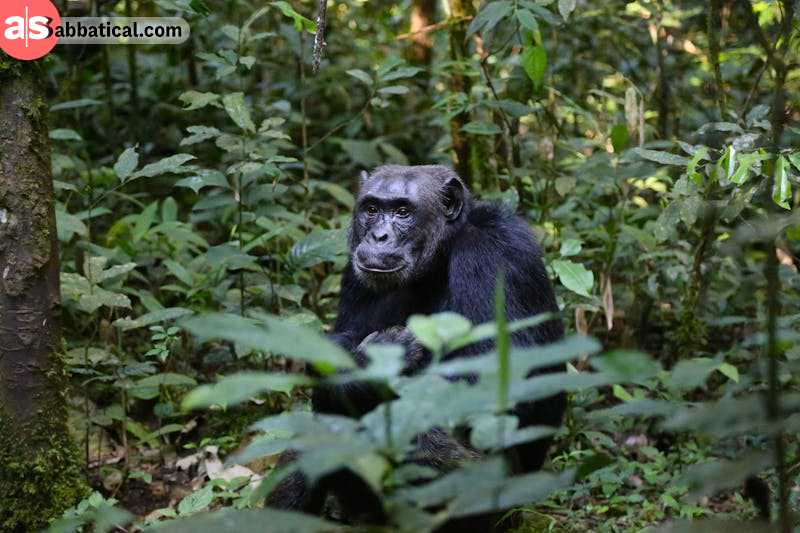
Kibale National Park: The Chimpanzee Action
If you like to capture faces full of emotion, Kibale is the right place. Chimpanzees move fast, jump from tree to tree, and shout and laugh like humans. Photographing them is fun and challenging.
The forest is dark; light comes and goes fast, so you need a quick hand and steady shot. The best time is early morning when chimps come down for food. You can get photos of them walking, hugging, fighting, or staring straight at you.
Sometimes one just sits quietly, thinking maybe. That’s the moment to click.
Kidepo Valley National Park: The Hidden Gem
Kidepo is far away in the north, and few tourists go there. But for photographers, it’s heaven. Open land, big sky, wild feeling. You can see lions, cheetahs, elephants, and people of the Karamojong tribe all in the same frame of day.
Sunrise and sunset here are so raw, so wide. Light touches every mountain and plain. Dust rises when animals move, creating a golden haze. You can shoot all day and still not have enough.
In Kidepo, silence is also part of the photo. You feel Africa here, real and pure.
here, real and pure.
Lake Mburo National Park: Zebra and Reflection
Lake Mburo is small but full of color. Zebras, impalas, and hippos are all near water. Best for close shots and mirror reflections.
Early morning mist on the lake creates a soft mood. Birds fly over still water, perfect for a wide angle. You can also ride a horse or cycle and take photos from low angles so it's natural.
At sunset, light turns red, and zebra stripes glow golden. Simple scene but strong picture.
Mgahinga Gorilla National Park: The Golden Monkey Frame
Mgahinga has its own charm. Mountain gorillas live here too, but also golden monkeys, small and shiny. You can catch them jumping from branch to branch, face full of play.
The background is always mountain and cloud, so photos look magical. Sometimes fog comes down, and only the monkey's yellow fur shines—that's an art photo without even trying.
When you climb higher, you get a big view of the volcano and land below. Landscape and wildlife both mix perfectly for a photo story.
Rwenzori Mountains National Park: The Snow Above the Equator
Rwenzori is a dream for adventure photographers. Snowy peaks, waterfalls, jungle, and glaciers all in one trek. It's a hard climb, but every step is a photo.
Morning light hit the snow top, shining blue and silver. Mist rises from the forest; birds fly below. You take a photo and don’t believe it’s Africa.
For the best photo, go during dry months. Carry a rain cover though, because Rwenzori loves to surprise with rain anytime.
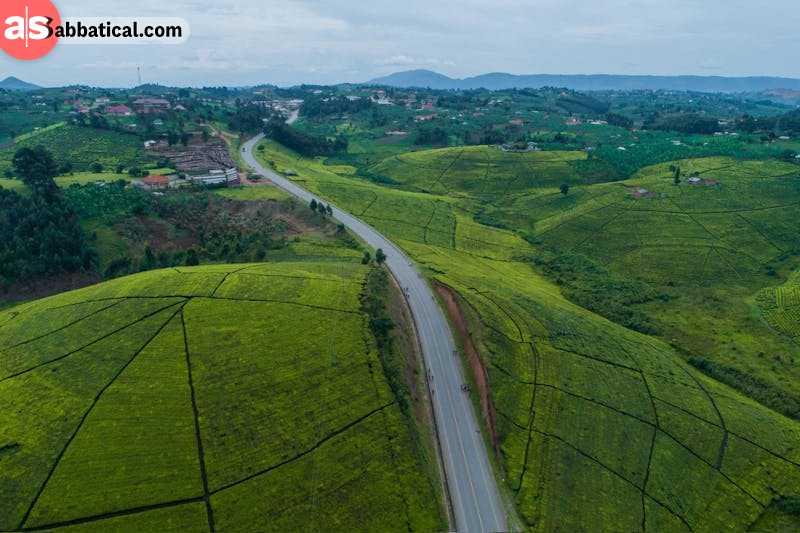
Mount Elgon National Park: Soft Light and Coffee Hills
Mount Elgon is an old volcano, calm and kind. Not too hard a trek, full of green valleys and waterfalls. For photography, it’s soft land.
You can take photos of caves, forests, Sipi Falls, and people farming coffee. Light here is gentle, not too harsh. Morning and late afternoon are best for photos of hills and mist.
And if you love slow travel, you can capture small stories—a child walking to school, a woman picking coffee, a rainbow over a fall.
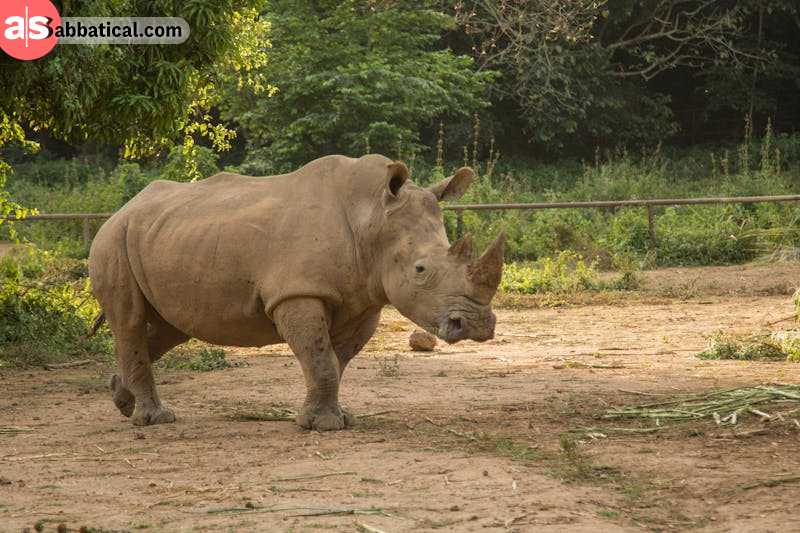
Ziwa Rhino Sanctuary: The Rhino Close-Up
Ziwa is the only place in Uganda where you can walk and photograph rhinos. You go with a guide and move slowly and quietly. Suddenly you see one big shape moving grass. So huge, so calm.
You can get close enough for a perfect shot, but not too close, of course. Morning light is best when dew is still shining. Rhinos look strong and peaceful at the same time.
That shot—rhino head down, horn shining in sun—it's a real Uganda moment.
Birdwatching for Lens Lovers
Uganda has more than 1,000 bird species. Shoebill will be a star—big beak, prehistoric look. You find it in Mabamba Swamp. Morning time is good, when the light is soft and the birds are calm.
In Queen Elizabeth and Murchison, bird photography was easy near the river. In Bwindi and Kibale, forest birds are colorful but tricky to catch. You need patience and maybe a good zoom lens.
Birds make every safari full of surprise; sometimes the best shots come when you are least ready.
Uganda Safari Treks - Walks Full of Frame
Uganda is not only for car safaris. You can walk, climb, trek, and take photos up close. Gorilla trek in Bwindi, chimp trek in Kibale, mountain trek in Rwenzori, and volcano trek in Mgahinga. Each trek shows a different world, a different light.
When trekking, you meet people, porters, and guides—all become part of a photo story. Faces, smiles, small moments—all matter the same, like lions and elephants.
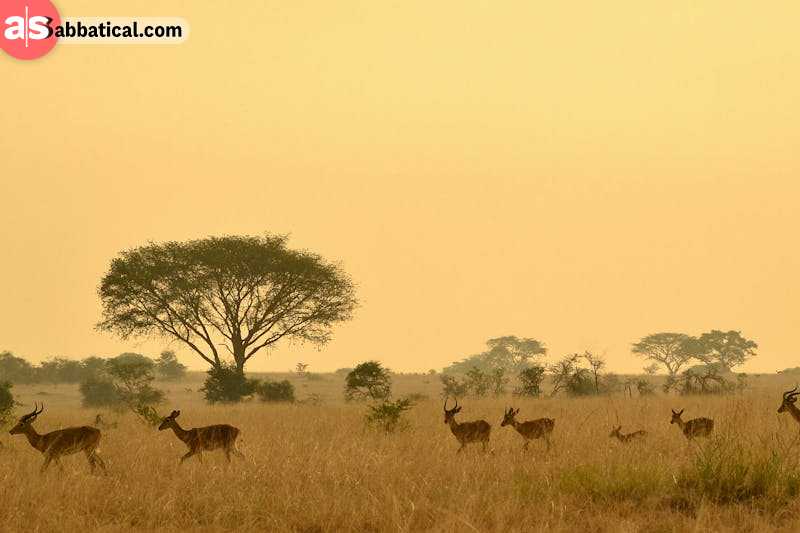
Tips for Photographers
Bring a camera that is strong and light. Bring a rain cover. Extra battery—oh yes, many. Sometimes there is no power for charging in remote areas.
For forest photos, use higher ISO. For animals, telephoto lenses help a lot. But don’t forget the wide lens—the Uganda landscape deserves it.
And most importantly, respect animals. Don’t chase, don’t shout. Wait. Real photos come when you are patient.
Conclusion - Uganda Through the Lens
Uganda is not just a safari; it's a feeling. Every frame tells the story of land that breathes wild. From gorilla eyes in mist to a lion walking in golden light, from the thunder of Murchison to the peace of Lake Mburo—everything asks you to click, to remember.
For photographers, Uganda gives heart and soul. You come back with photos, yes. But also with something inside—soft, wild, true.
So pack your camera and your dream, and go. Uganda is waiting, smiling, shining under the sun. And maybe, your best photo of life is waiting there too.


